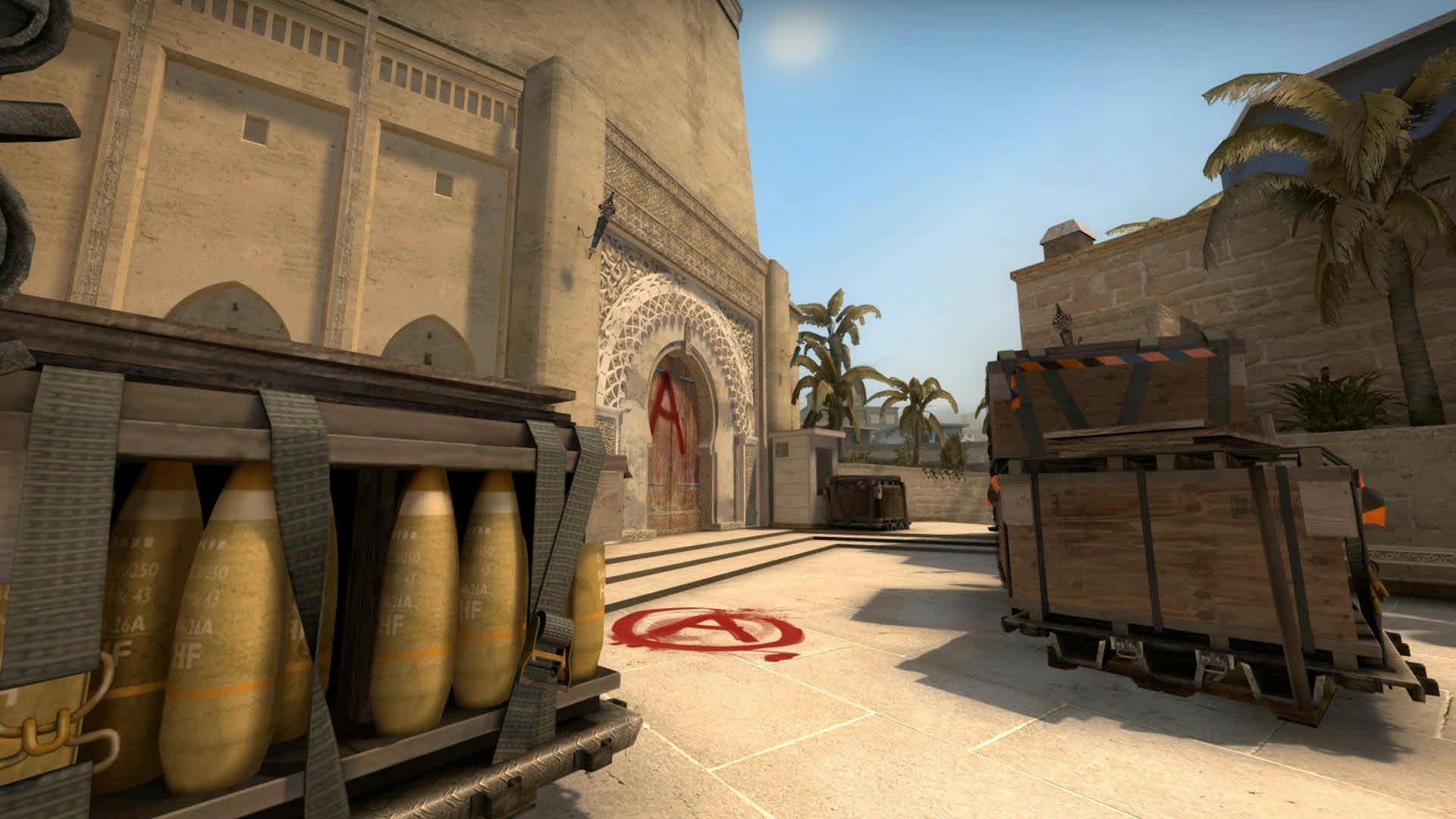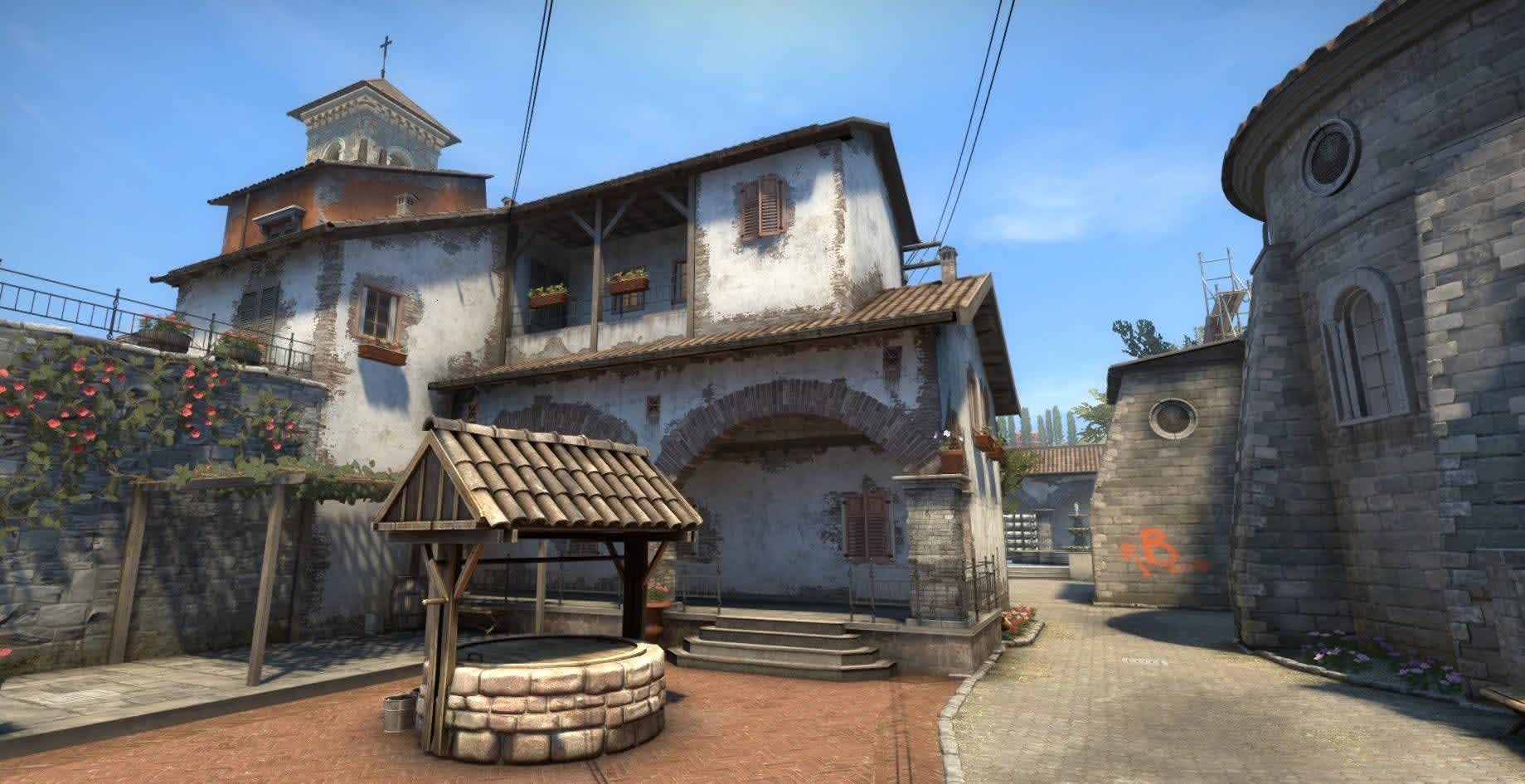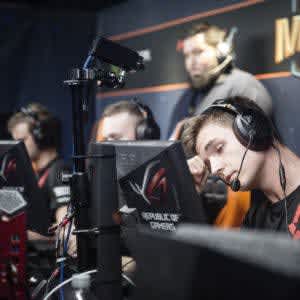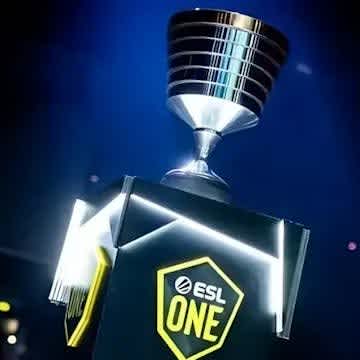The most efficient pathway to understanding high-level CS:GO?
Counter-Strike is, at its core, a simple game to watch. The pathway to an appreciation of its best moments are shorter than those in other competitive endeavours. An epic backdoor in League of Legends is always going to require more contextual awareness of the game and its mechanics than a flashy flicking AWP triple kill in CS:GO. So fortunately, those that are only wanting to dip their toe into the pool of CS:GO knowledge can come away with a relatively high yield of understanding.
But, just as in any pursuit, things can start to get complicated pretty quickly after this toe-dipping stage. And if you want to take the plunge into watching CS:GO, then there is a series of ways you can go about it.

Understanding the Process of Understanding
The first level of appreciating CS:GO as a spectator comes in the form of having reference points established for its most surface elements i.e ‘that headshot was insane’. This is because you have seen other headshot before that weren’t as fast, accurate, and/or impactful. Or because you can compare that instance to a bank of other headshots you intuitively have categorized as ‘insane’. The same goes for time when you think ‘he should’ve hit that shot’, or ‘I can’t believe he pushed that smoke’, etc.
These are judgment calls and your ability to make, understand and have them validated/proven - either explicitly or implicitly, vocally or internally - is where a lot of the enjoyment of the spectator experience comes from.
For most people though, the ability to do this stops at that surface, mechanical level or somewhere around it. It’s one thing to think ‘that 3k from Ropz was huge’ and another to then add ‘because it’s hard to find a multi-kill in-site A on Mirage, and he doesn’t usually play in that spot’. Toe-dipping will give you the first part, actually diving into the game will give you the second.
So how do we get to that second judgment call?

The most efficient way to have an advanced understanding of CS
The simple answer, and one that most choose is to watch, and/or play, a lot of Counter-Strike, generally over a long period of time. On top of this, it helps consuming content to inform your model of understanding and in-general letting the game consume a little part of you. This method is often successful in achieving its aim - that is, to make more accurate, nuanced judgement calls on more situations. It is also, however, very inefficient.
To improve this process of understanding, focussing on watching a specific map, more-so than a specific team is crucial.
Teams, in-general are an incredibly complex system to analyse and to improve your knowledge of the game through. At least, when you don’t have a fleshed-out understanding of a variety of other elements first. They constantly change tactics, style, personnel, win conditions, and overall ‘feel’ based on everything from tournament conditions, to match-up. They may well lock in a viewership and give one reason to watch through fandom, but on their own, they can be a fickle method of fleshing out models of understanding.
In-contrast, focusing attention onto a specific map quickly reveals a set of underlying patterns. ‘The map’ is the background every game in CS history. Being comfortable with what teams generally tend to do on just one of them is huge in opening up your understanding of a large number of matches. Thinking about what works, what doesn’t, where certain spots are, how these are exploited by utility, etc, gives an immense bank of knowledge to make judgement calls on. Importantly, this is a reliable and consistent subject to study. Whereas a team can look different between games, the overall layout of a map rarely changes.

Specifically, picking either Inferno, or Mirage will guarantee a countless number of high-quality games to go over given that all top teams play them. They’re also some of the more formulaic to watch, with the meta of how teams play them being more consistent than other off-maps.
Picking say, Inferno as an example, there’ll be very distinct patterns one could notice beyond the plain mechanics over just a few games and with cursory understanding: CT’s put three top banana early to throw utility, then rotate one to arch - why? Oh, because T’s often put a lot of pressure on banana early. Teams in-general like to contest banana early. But the CT’s will give it up if things are too intense.
This chain of understanding isn’t unreasonable to arrive at. And from here, you get an immediately far deeper and more nuanced reference point in-terms of macro map play than aimlessly watching ‘good’ games.
What’s more, noticing the importance of banana control on Inferno allows you to see that other maps have their own key parts to control. On Mirage and Cache, that’s mid. The process of knowledge acclimation of map play is far more efficient at generating an overall understanding of CS than the play of teams.
This is not only due to the reliability of the information you have access to, but also the difficulty of obtaining knowledge of macro patterns without it. It’s far harder to notice that Gambit at ESL One New York 2018 played with a reckless, loose style on Inferno unless you understand the norm of what is a ‘measured’ approach on Inferno. Tying to watch a bunch of Gambit games mightn’t reveal as much as watching a bunch of Inferno matches. Because when you’re watching Gambit games, you’re trying to extract information from the vacuum of their own play.
In-general it’s better to understand the map and its affordances that every team plays on, every time, rather than the ever shifting nature of the teams and players themselves. Once you understand the former, the latter becomes a far more dissectable and obtainable entity to criticise.





